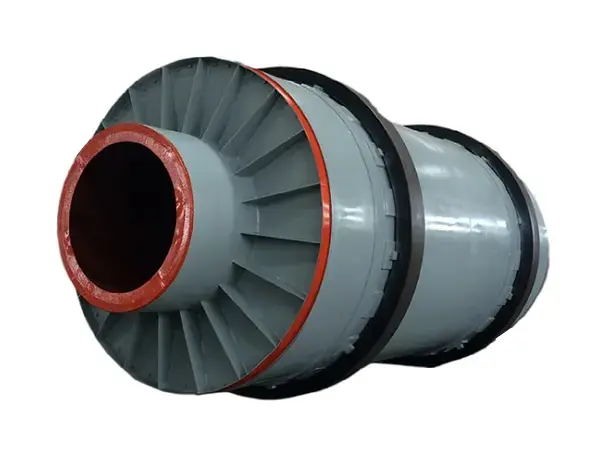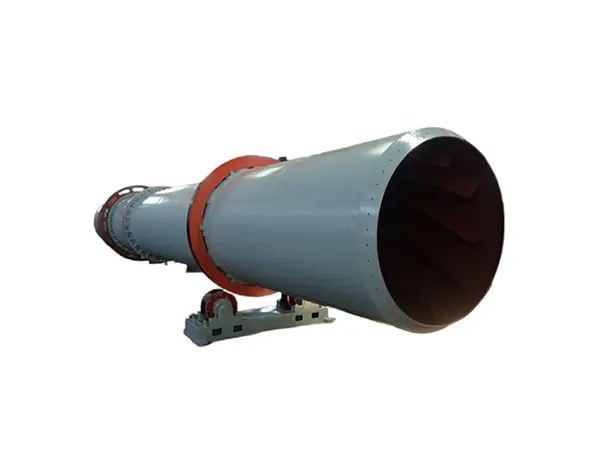A drum dryer is a type of industrial drying equipment that uses a rotating drum to dry wet materials.The drum, also called a cylinder dryer, is heated, either by steam or hot air, and the wet materials are fed into one end of the drum. As the drum rotates, the wet materials are lifted and tumbled by the rotation, and come into contact with the hot air or steam. This causes the moisture in the materials to evaporate, and the dried materials are discharged out of the other end of the drum.
Drum dryers are used for a variety of industrial drying applications. They are particularly useful for drying large quantities of wet materials that are difficult to handle or process using other methods.Some common uses of drum dryers include:
Food Processing: Drum dryers are often used to dry fruits, vegetables, and dairy products. They can also be used to dry food ingredients such as malt, coffee, and other products.
Chemical and Pharmaceutical Industries: Drum dryers are used to dry powders and granules in the production of chemicals, pharmaceuticals, and other products.
Pulp and Paper Industry: They are used to dry pulp and paper before they are processed further.
Mineral Processing: Drum dryers are used to dry minerals such as clay, kaolin, and other products.
Fertilizer Production: They can be used to dry the wet granules or powders of fertilizers before they are packaged or processed further.
Biomass and Biofuel Production: Drum dryers can be used to dry wet biomass materials, such as wood chips, straw, and other products, before they are used as biofuels.
Sludge Drying: Drum dryers are used to dry sludge from wastewater treatment plants and other industrial processes.
These are some of the common use cases of drum dryers, but it can vary depending on the nature of the material and the specific requirements of the process.
A drum dryer works by using heat to evaporate the moisture from wet materials as they are fed into a rotating drum. The basic components of a drum dryer include a rotating drum, a heat source, and a feed system.
Rotating Drum: The drum, also called a cylinder dryer, is a large, cylindrical vessel that rotates on its axis. The drum is typically made of stainless steel or other heat-resistant materials.
Heat Source: The heat source for a drum dryer can be steam, hot water, or hot air. The heat is applied to the drum through a jacket, coils, or a heat exchanger. The heat source is chosen based on the properties of the material to be dried, and the desired final moisture content.
Feed System: The wet materials are fed into one end of the drum by a feed system, which can be a screw conveyor, belt conveyor, or other type of feeder.
Operation: As the drum rotates, the wet materials are lifted and tumbled by the rotation, and come into contact with the hot air or steam. The heat causes the moisture in the materials to evaporate, and the dried materials are discharged out of the other end of the drum. The drum dryer can also be equipped with a scraper or a plow to help move the materials through the drum and increase the drying efficiency.
Control: The drum dryer is controlled by a series of sensors and controls that monitor the temperature, humidity, and moisture content of the materials, as well as the speed of the drum and the flow rate of the materials. These controls are used to regulate the heat, the feed rate, and other variables to ensure that the materials are dried to the desired moisture content.
Drum dryers are relatively simple, reliable and efficient machines. They can handle large quantities of wet materials and can produce a consistent, high-quality dried product.
Post time: Jan-13-2023



